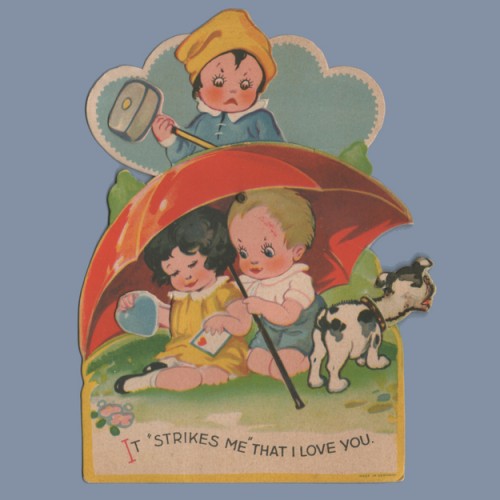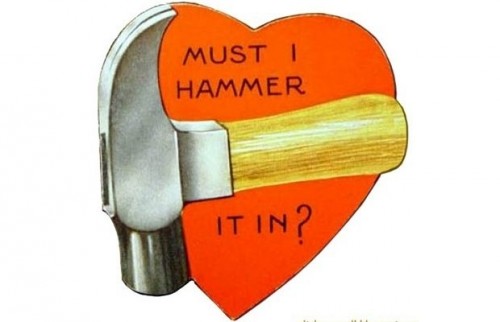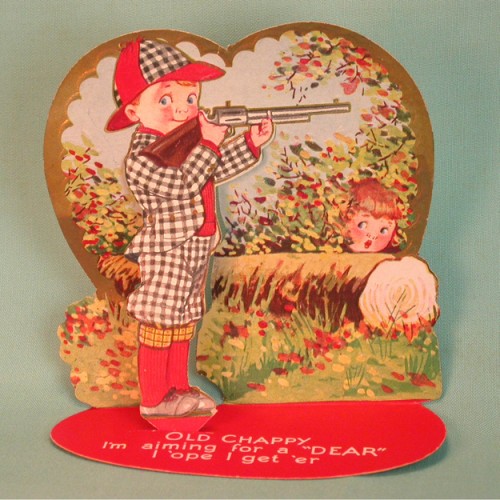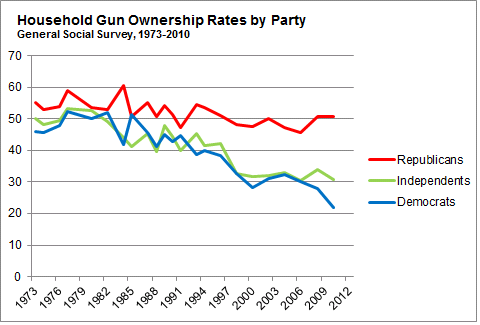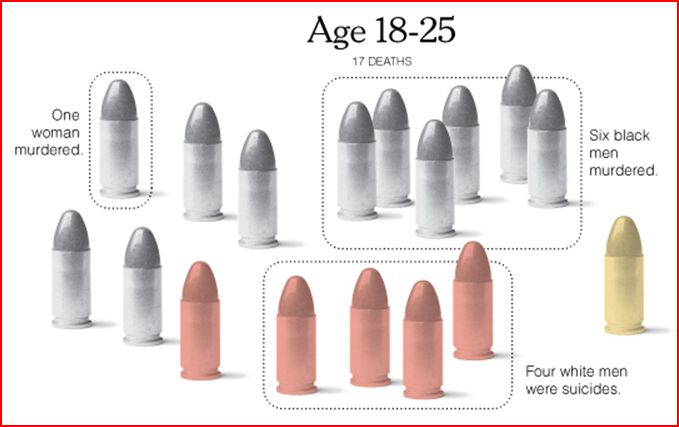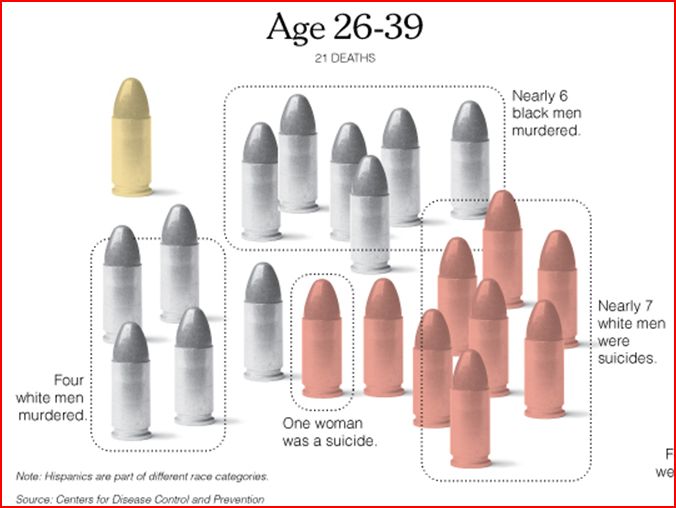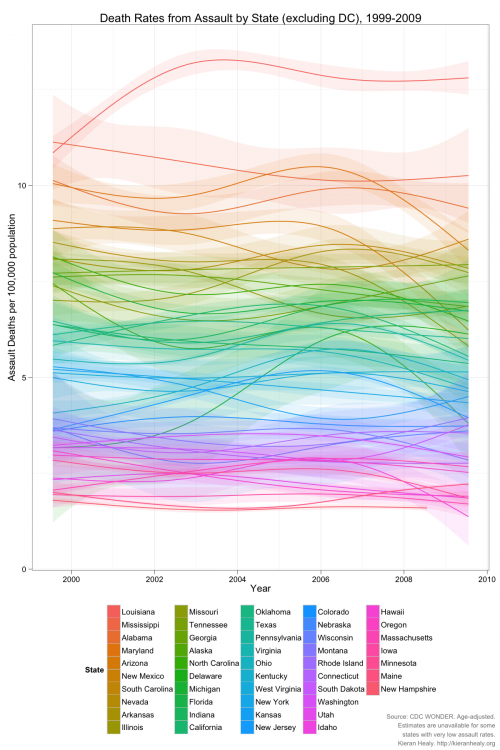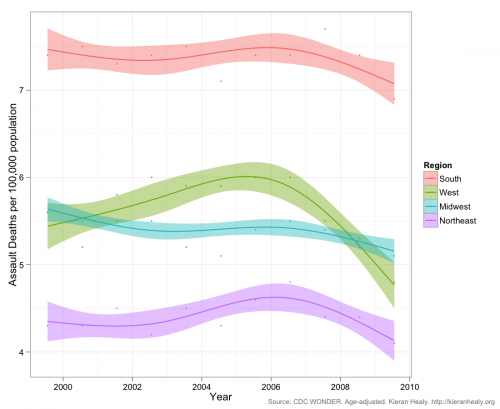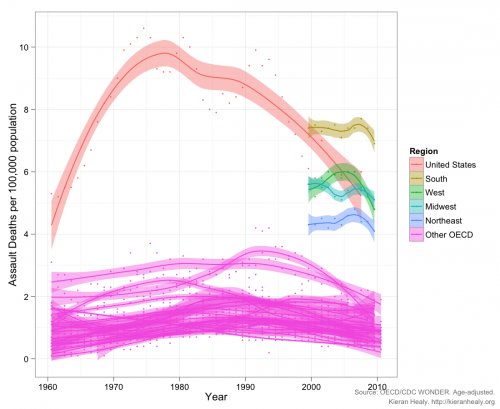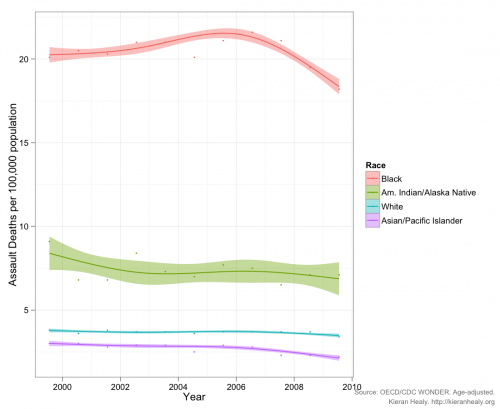Cross-posted at Ms., The Huffington Post, and BlogHer.
Earlier this year a coalition of students and faculty at my institution, Occidental College, convinced the administration to make several changes to its sexual assault policy. One of these changes involved the addition of reports of sexual assault to our OxyAlert system. This meant that any time there was a report of a sexual assault, the college community would receive an email saying so, just as we now get alerts of all other crimes that are reported to have occurred in the vicinity. The administration agreed to do this.
Last week the students learned of a report of a sexual assault second-hand (from the media), simultaneously discovering that the administration had declined to send out an OxyAlert in response. Considering this a betrayal of their agreement, the students organized a march, petition, and tumblr.
In response, the president of Occidental College, Jonathan Veitch, wrote a letter to the campus community. In it, he confirms what the students of Occidental fear: he is inclined to disbelieve students that report sexual assault. He writes that OxyAlerts in cases of reports of sexual assault are not “possible or desirable” because:
In the first few hours, days or even weeks, it is not always clear what has happened in incidents like these. Investigators need time to sort through conflicting accounts in order to provide a clear narrative of what took place.
By suggesting that “incidents like these” need vetting, Veitch is reproducing a bias against sexual assault victims that feminists have been trying to eradicate for decades. He is saying that sexual assault reports must be “sort[ed] through,” but reports of all other crimes can be taken at face value. In other words, there is nothing wrong with the OxyAlert system per se, he just doesn’t think that women who report sexual assaults should necessarily have access to it. This is unacceptable.
In fact, all crimes can be falsely reported and there is no evidence that reports of sexual assaults are more likely to be false than other reports of other crimes. The sparse research is inconclusive: some find that sexual crimes are more often reported falsely, some find less. So Veitch is on shaky ground suggesting that the college has a right to treat reports of sexual assault as hypothetical. Moreover, the OxyAlert system is not judge and jury. In all cases — whether it informs the community about a mugging, a stolen car, or a sexual assault — it simply states that there has been a report.
While I will admit that sexual assault is often complicated, this is a very black-and-white issue. Sexual assault is a crime, Occidental has a system for alerting people to reports of crime, when a person reports the crime of sexual assault, that report should be included in this system. To do otherwise is to allow college policy to be driven by the belief that women are uniquely untrustworthy and prone to malicious lies. That is bias against women, plain and simple.
Lisa Wade, PhD is an Associate Professor at Tulane University. She is the author of American Hookup, a book about college sexual culture; a textbook about gender; and a forthcoming introductory text: Terrible Magnificent Sociology. You can follow her on Twitter and Instagram.











